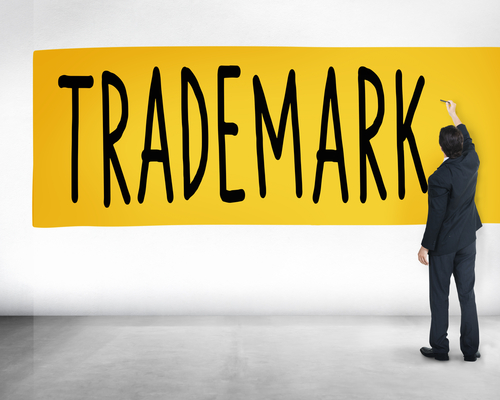There are many misconceptions regarding trademark law. They hinder business owners from understanding what is a trademark, how to select one, and how to use it. I work with business owners on trademark matters and much of my time is spent disabusing them of certain ideas about trademark law. For instance, it is now common to use the trademark as a verb as in “I want to trademark the name of my business.” This is not only bad usage (you can’t “trademark” anything) but that usage also indicates that the speaker does not understand is the nature of a trademark and how they are acquire strength and value.
This article will discuss a few misconceptions about trademarks.
First, what, exactly, is a trademark?
Under the statutory definition, “[t]he term trademark includes any word, name, symbol, or device or any combination thereof … to identify and distinguish [the] goods … from those … by others and to indicate the source of the goods, even if that source is unknown.” 15 U.S.C. 1127. Of course, if you tell that to a business owner, you will probably get a blank stare in return.. Translation or lay definition: a trademark is how the public identifies your goods (or services). Both definitions emphasize that a trademark is an indicator/identifier.
Second, who decides what is a trademark? Select one of the following:
- The trademark owner
- Judges
- US Patent and Trademark Office (USPTO)
- Consumers
The answer is d. The perception of consumers, based on the use of a word, term or symbol on packaging and advertising, determines whether that word, term or symbol functions as a trademark. This is why you can’t trademark something. Your opinion about your trademark is actually irrelevant.
This lack of understanding often results in the failure to establish trademark rights, confusion, and loss of trademark rights. Among the common problems: (1) a trademark is jumbled with other words and symbols in advertising and on packaging; (2)the trademark is not used in association with goods and services; (3)the trademark is used ornamentally; and (4) the trademark is used inconsistently. When these problems are present, the trademarks can’t be enforced and the USPTO won’t issue registrations for them.
The courts and the USPTO refer to the commercial impression on consumers. For most business owners (and attorneys), this means getting a completely different perspective on how to view trademarks.
So you can “trademark” something all you want. But if you don’t create something and use it in a way that consumers can understand, you don’t have a trademark.
Another common misconception isthat a trademark registration will bar anyone else from using a trademark and that the owner of the registration owns the trademark forever. A registration is not good against prior users of a trademark. Someone who was using a trademark has priority over subsequent users, registered or not. Furthermore, a registration (and any trademark rights, in general) is only applicable as to the goods or services for which a business actually uses the trademark. If you use your trademark for auto parts, you can’t stop someone else from using it for a book on how to repair autos..
An important note about registrations: Anything put into an application for a trademark registration must be accurate. Individuals who file applications for registration frequently make mistakes as to the goods used, the owners of the trademark, and the dates of use. These mistakes make their way into the information contained in the final certificate of registration and undermine the enforceability of the registration.
In the end, trademarks are all about use. Trademark rights are lost if a trademark is not used. I had a conversation with a potential client who wanted to register a trademark that she stopped using five years earlier. She wanted to use the trademark again for a business she was starting. After a short investigation, we found that someone else was using the same trademark for the same services for which our potential client desired to use it. After a long conversation, she finally understood that trademark rights are contingent on use. A trademark not in use is no longer a trademark.
Eric D. Morton is an attorney with Clear Sky Law Group, P.C. in Carlsbad and San Diego. He practices in the areas of business and intellectual property law and serves as an adjunct professor with California Western School of Law. He can be reached at 760-722-6582, or emorton@clearskylaw.com



